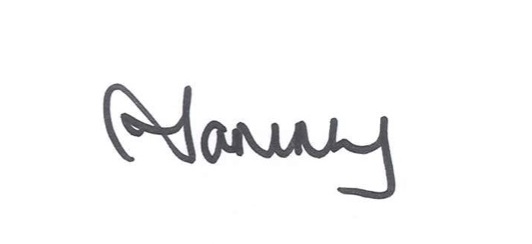Organisational culture can be described as “the what and the why of the way we do things around here”.
Culture is usually talked about:
- When something goes badly wrong (think AMP, Banking Royal Commission); and
- To describe a fun, vibrant culture (think Virgin, Zappos etc)
Particularly, after something goes wrong, organisations often want (or are put under pressure) to change their culture. To replace it with something better, less toxic, more palatable to shareholders and investors.
You’ll read about consultants being brought in to run sessions, in order to reprogramme the way that the organisation goes about it’s business. And in due course, if you were to continue following the progress of that organisation, you’ll often see very little change.
Why?
There are many reasons why changing organisational culture is hard.
- Often the people at the top who are charged with changing the culture have benefited or been rewarded by the “old culture”.
- The system (think processes, structures, policies etc) is set up to enable and support the old culture.
- External stakeholders such as shareholders put pressure to achieve short term results (read- usually $), which are often inconsistent with a long term culture change process.
- Even if the current leadership are committed to the change, subsequent leaders aren’t quite as committed.
- Getting to understand the “why” of a culture can take time and effort, as employee’s beliefs and assumptions are properly mined and understood.
- Cultural change requires that individuals and groups of individuals change their behaviours. Not always an easy task.
It’s human nature
It is human nature to want to buy a simple solution that “fixes” the issue. And fast.
And it is hard to commit in advance to a process that may take years to yield sustainable changes, and will be messy along the way.
It explains why organisations look for a simple solution. A three step process. Some easy to run workshops with colourful powerpoint slides. Something that they can at least point to, to demonstrate that they’ve done “something”. Even if that something doesn’t achieve much.
THE TAKEAWAY
A true culture change process takes time, resources and commitment.
The first question after the initial navel gazing is whether an organisation has the appetite for embarking upon such a journey.
If there’s a sufficiently compelling “why”.
And if not, how much of the impact and fall out of the current culture is the organisation prepared to tolerate?
WANT SOME MORE RESOURCES?
WANT MORE?
If the above has whetted your appetite, and you’re keen for more.. Here are some ideas:
Does leadership interest you? You can sign up to my FREE seven day “Be a Better Boss Challenge” by clicking here. And you can click here to buy my book.
Want to chat? Click here to get in touch.
Want some help in meeting your goals? Sign up to the permission to dream programme, by clicking here.
Want more to read? You can read any of the 300+ blog posts on this site, by clicking here.
See you soon,


